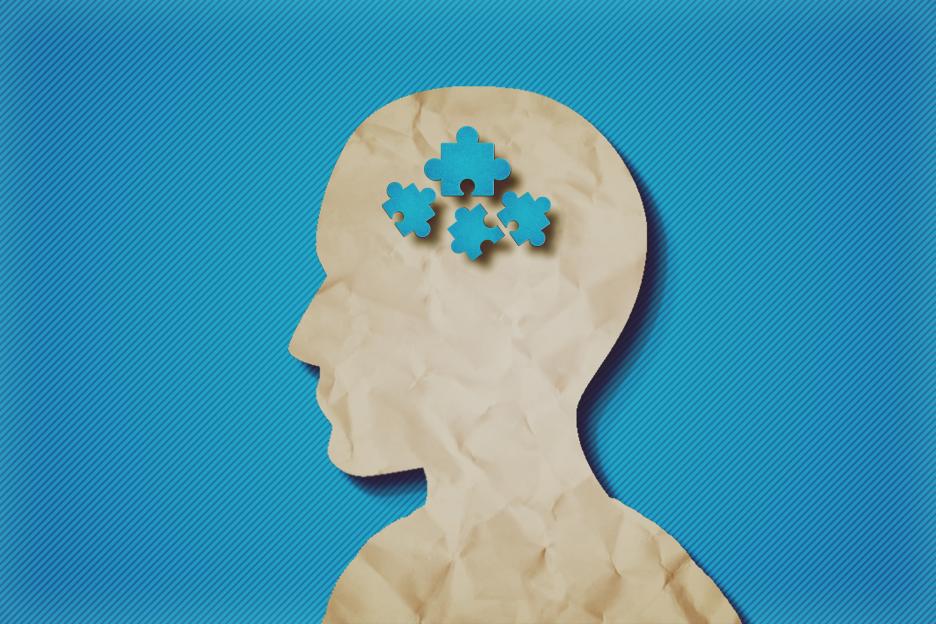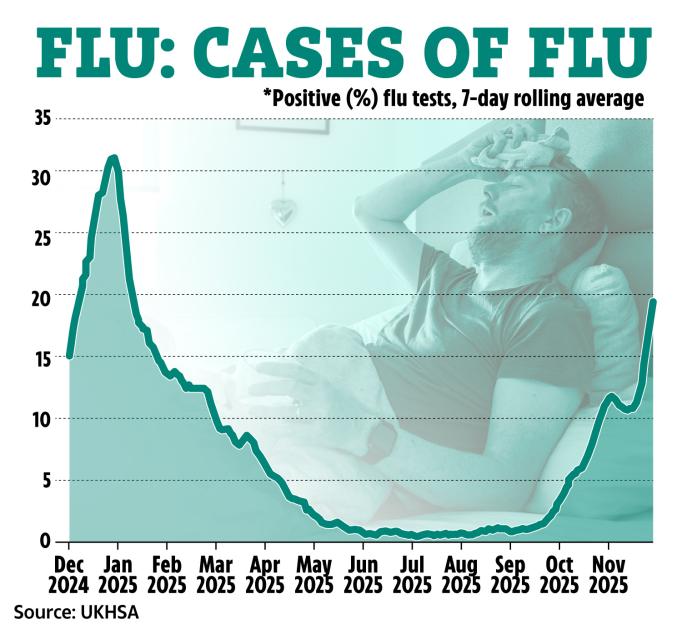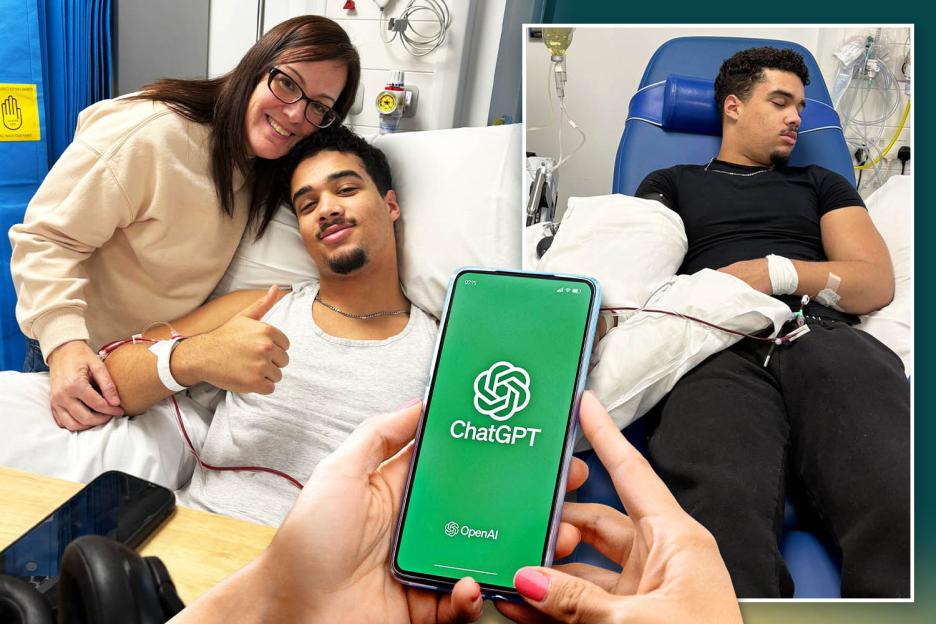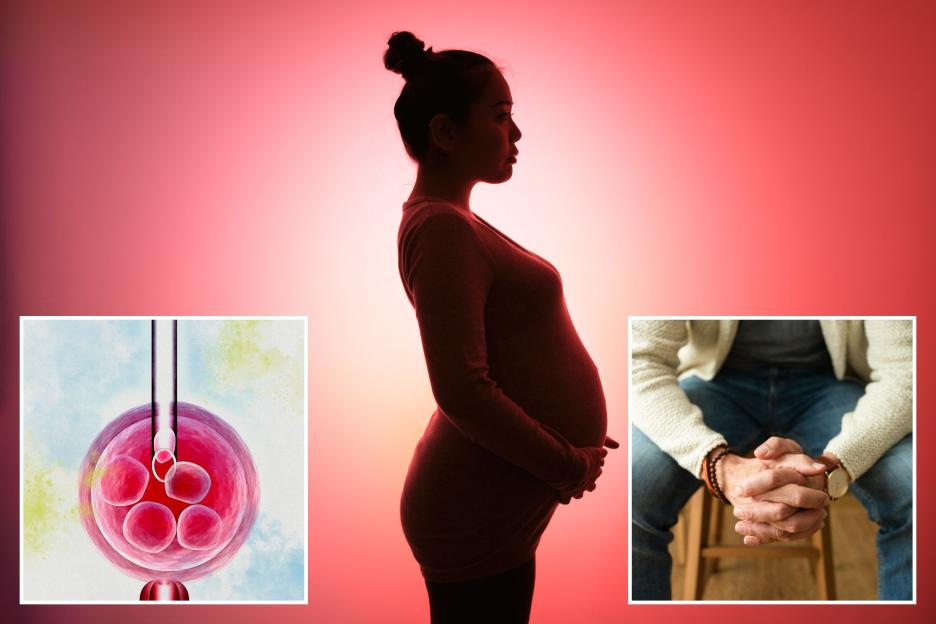IF you’ve spent any time on social media, you’ll likely have come across videos titled “the signs you’re autistic”; and “why autism is to blame”; for any number of behaviours or personality traits.
This content has become so prolific it’s pushed thousands of people to seek an official diagnosis. But is really becoming more common, and if so, is the only factor ?
 Dr Rebecca Ker, a psychologist who specialises in neurodivergent people and their families, reveals why the rise in autism diagnoses could be catastrophic
Dr Rebecca Ker, a psychologist who specialises in neurodivergent people and their families, reveals why the rise in autism diagnoses could be catastrophicAbout 700,000 people in the UK are thought to have â a lifelong condition that affects how people experience and interact with the world.
But might have you assuming that number is far higher.
There are now 3.2million posts about autism on TikTok alone.
Many of these are inaccurate, but it is true that diagnoses are on the rise.
Rates are up 787 per cent in from 1998 to 2018, and experts warn the NHS is “overwhelmed”; by the influx.
Here, Dr Rebecca Ker, a psychologist registered with the Health and Care Professions Council and co-founder of Carlton Psychology in Surrey who specialises in supporting neurodivergent people and their families, reveals what’s behind the dramatic increase â and why it could prove catastrophic.
EARLIER this year, US Health Secretary promised a “massive”; research effort involving hundreds of scientists to get to the bottom of what he calls an autism “epidemic”;.
Yet after more than 15 years working with autistic children, adults and families, the only epidemic I can see is one of fear-mongering and stigma.
We’ve not suddenly “caught”; . Autism isn’t an illness. It doesn’t need a cure. It is a term that describes areas of difference â some disabling, some brilliant.
Yes, autism rates have increased hugely â by 787 per cent in England over the past 20 years.
When autism was first discussed in the 1940s, it was thought to affect one in every 2,500 people. Today, research suggests it could be more like one in 30.
The reality is, that rise is down to our greater awareness and and a broadening of the we use to define it.
For starters, we’re better at realising the nuances and subtleties of the condition and the of people who are autistic.
That greater understanding has also been informed by the autistic community themselves.
There are some brilliant brains out there, advocating, educating, and finally being heard in a way they never were in the 1950s.
We meet lots of parents bringing their children to clinics who are beginning to realise they might be autistic too.
Often they grew up with a very different understanding of what autism is.
THE NEW DEFINITION
Secondly, when the DSM-5 â the guidebook psychologists use to classify conditions â was updated in 2013, it removed as a separate diagnosis and folded it into the wider autism spectrum.
Autism spectrum disorder is currently defined as “persistent difficulties with social communication, social interaction, restricted and repetitive patterns of behaviour (including sensory difficulties), and it has to be present from early childhood to the extent that these limit and impair everyday functioning”;.
The criteria is broad. For example “restrictive and repetitive behaviours”; could look like lots of things, from rocking, hand-flapping and skin-picking to sticking to a strict routine or eating the same food every evening.
For one person, difficulties with social communication might look like difficulties with picking up on the social cues of the person they are speaking to. For another person, it might mean being completely non-verbal.
Autistic minds often thrive on sameness, predictability and routine. They have a real need for sameness.
But here’s the problem. While understanding has moved on, support systems are struggling to keep up.
The latest NHS England figures, covering the period ending March 2025, show the number of patients waiting at least three months for an initial specialist appointment has jumped by more than a quarter since last year. That figure has also tripled since 2021.
In total, nearly 124,000 under-18s are on the for over three months â almost 30,000 more than the year before.
 The diagnostic guidelines for autism have changed
The diagnostic guidelines for autism have changedNHS guidelines say patients should be seen within 13 weeks. But nine in 10 wait much longer.
And those who did get assessed last year? They’d already been waiting, on average, a year and a half.
And a diagnosis is often just the start... it doesn’t automatically unlock the necessary support.
In my experience in , it’s not unusual for children to wait years. That’s years of growing up without support and without understanding. Changing . Falling behind. Developing .
And it’s not just children. Last year, the Oxfordshire Adult Autism Diagnostic and Support Service stopped taking new referrals altogether. Adults being referred at that time were told they’d have to wait 18 years.
If you’re one of those families stuck on a waiting list, it can feel impossible. You’re worried, your child is struggling, and you’re being told to just wait and keep waiting.
But even without a diagnosis, there is support out there.
Please don’t let schools tell you everything’s fine just because your child is quiet or well-behaved there.Masking is real and it’s exhausting. The children who cope at school often fall apart at home
Dr Rebecca Ker
While many end up seeking support privately, there are national and helplines available too.
Families need faster access to specialists to provide clarity, tools, and reassurance.
Someone who understands neurodivergence can help you notice patterns, validate your concerns, and work with you on practical steps that reduce and improve connection.
If you are concerned that your child is autistic, keep a journal of behaviours that concern you.
Record exactly what triggers meltdowns, how you have noticed your child differs from their peers, how they respond to change, what their social interactions look like.
Be as specific as you can.
Take that evidence to your child’s teacher or SENCO. Ask for support plans, even without a diagnosis.
Speak to your GP, or if your child’s under five, your visitor.
Please don’t let schools tell you everything’s fine just because your child is quiet or well-behaved there.
is real and it’s exhausting. The children who cope at school often fall apart at home.
If you can afford to explore a private assessment, be cautious.
There are brilliant services out there, but it can be overwhelming choosing a private provider that is offering the best quality in terms of assessment.
A good autism assessment is a lot of work. It should involve a multidisciplinary team â not one person sitting with your child for half an hour.
The specialists should be Health and Care Professions Council registered. The process should follow National Institute for Health and Care Excellence guidelines.
They should draw information from different contexts (observing your child themselves, talking to school, interviewing parents) and produce a detailed report that can stand up when you need it â for school support, Education, Health and Care Plans, or future care.
 Dr Ker says parents are ‘too often dismissed’ when they raise concerns about their children
Dr Ker says parents are ‘too often dismissed’ when they raise concerns about their childrenLet’s stop talking about trying to “reduce”; autism. That’s not the goal.
Instead, we need to be building a more accessible world, where people can say: “I’m neurodivergent. I am more comfortable doing it this way.”;
That means changing how we run our education system and services.
Just as we build wheelchair ramps, and would view a lack of ramps to be unacceptable, we should be building sensory-friendly classrooms, alternative timetables, and flexible expectations.
We need to train teachers to understand neurodivergent minds.
We need to provide the funding for more capable systems that can enable all types of brains to reach their potential.
Too often, quiet girls or rule-following boys are told they’re “fine”; while they suffer silently.
Too often, parents are dismissed as “overly anxious”;.
But often there are signs â a child who is exhausted after school, struggles with transitions, is inflexible in their play, feels different or confused by peers, complains the dining hall is too loud or smelly to be able to eat.
None of these on their own mean a child is autistic, but we should be sensitive to the clues.
With adults, the process is more complex.
You don’t always have parents to describe childhood behaviours. But what we see again and again is this: they’ve been masking their whole lives.
They’ve been told they’re too much, too blunt, too rude. They’ve often experienced long term difficulties with their or been misdiagnosed with personality disorders, anxiety disorders, and so on.
Difficulties with mental ill-health are more prevalent in autistic people. These are all signs that it is hard to be autistic in a world that is geared up for neurotypical people.
They’ve made it through work or university by sheer effort â but at a cost. . . Exhaustion.
And often, the moment they receive that diagnosis? It’s a relief. At last, something makes sense.
‘Not everyone is neurodivergent, but everyone is neurodiverse’
So yes, autism is a difference. But it’s a difference we’ve punished, misunderstood and ignored for far too long.
The DSM-5 still calls it a disorder. But many autistic people find this term offensive and prefer the word “difference”; or “condition”;.
And I agree. It isn’t an illness. And there are many strengths associated with autism too.
We all have different brains. Neurodiversity is a natural part of human variation â just like height or handedness.
Not everyone is neurodivergent, but everyone is neurodiverse.
So when Kennedy Jr says autism is worse than , he isn’t just wrong â he’s dangerous. His words fuel a climate of panic, shame and disinformation. And for what? To blame ? To stir controversy?
There’s no medical basis for that claim.
But what there is is a growing body of knowledge. Of compassion. And of people â autistic people â finally being seen, heard, and supported.







